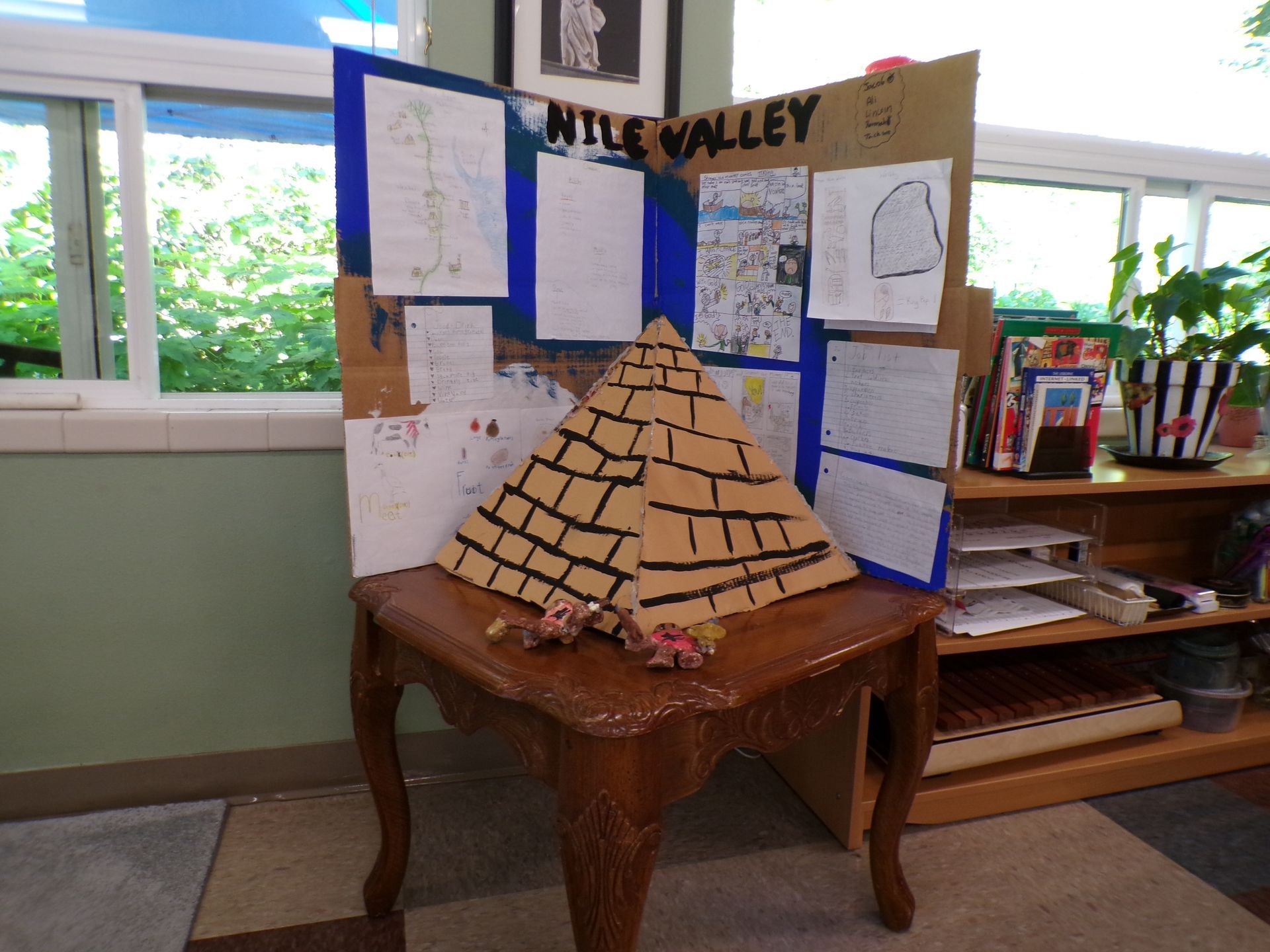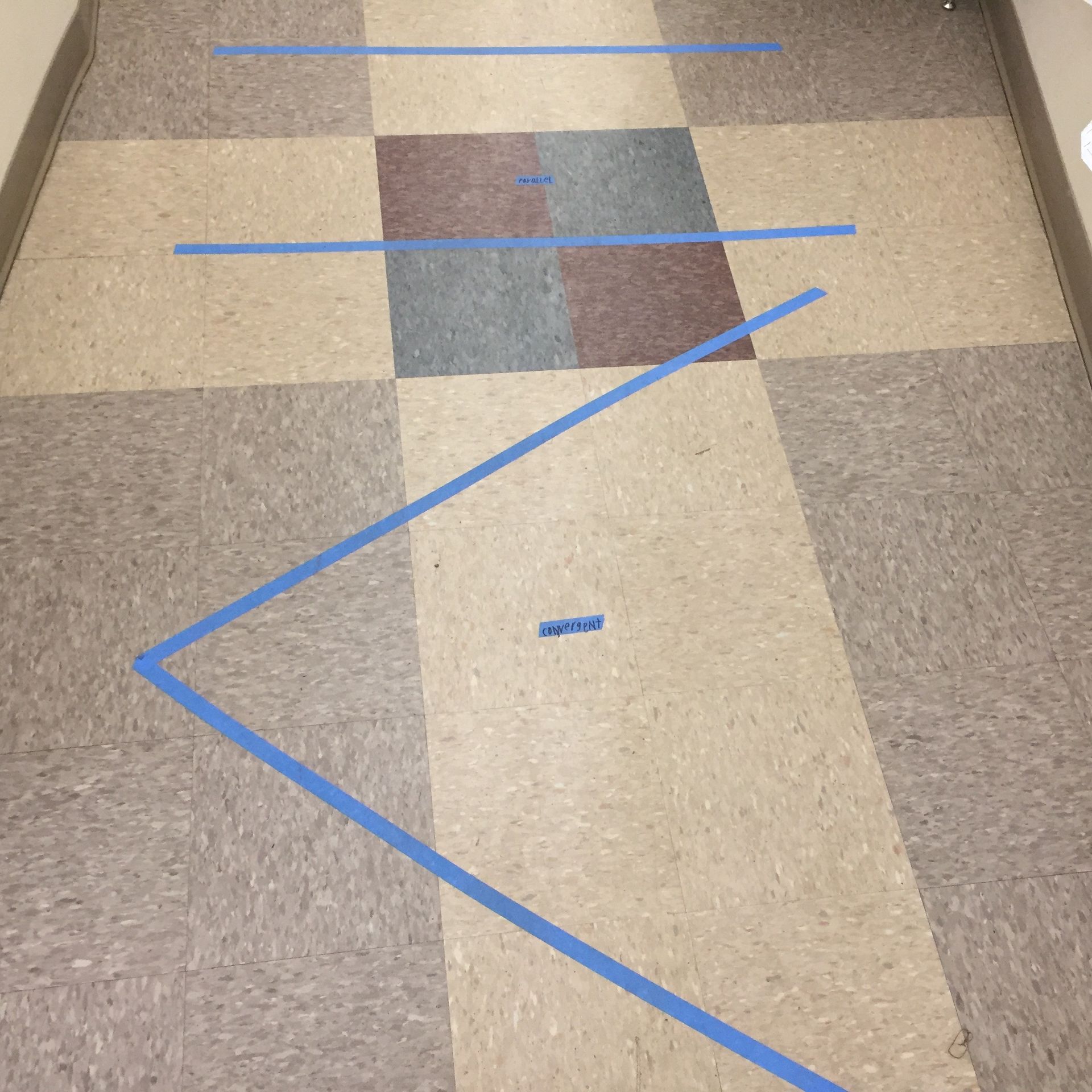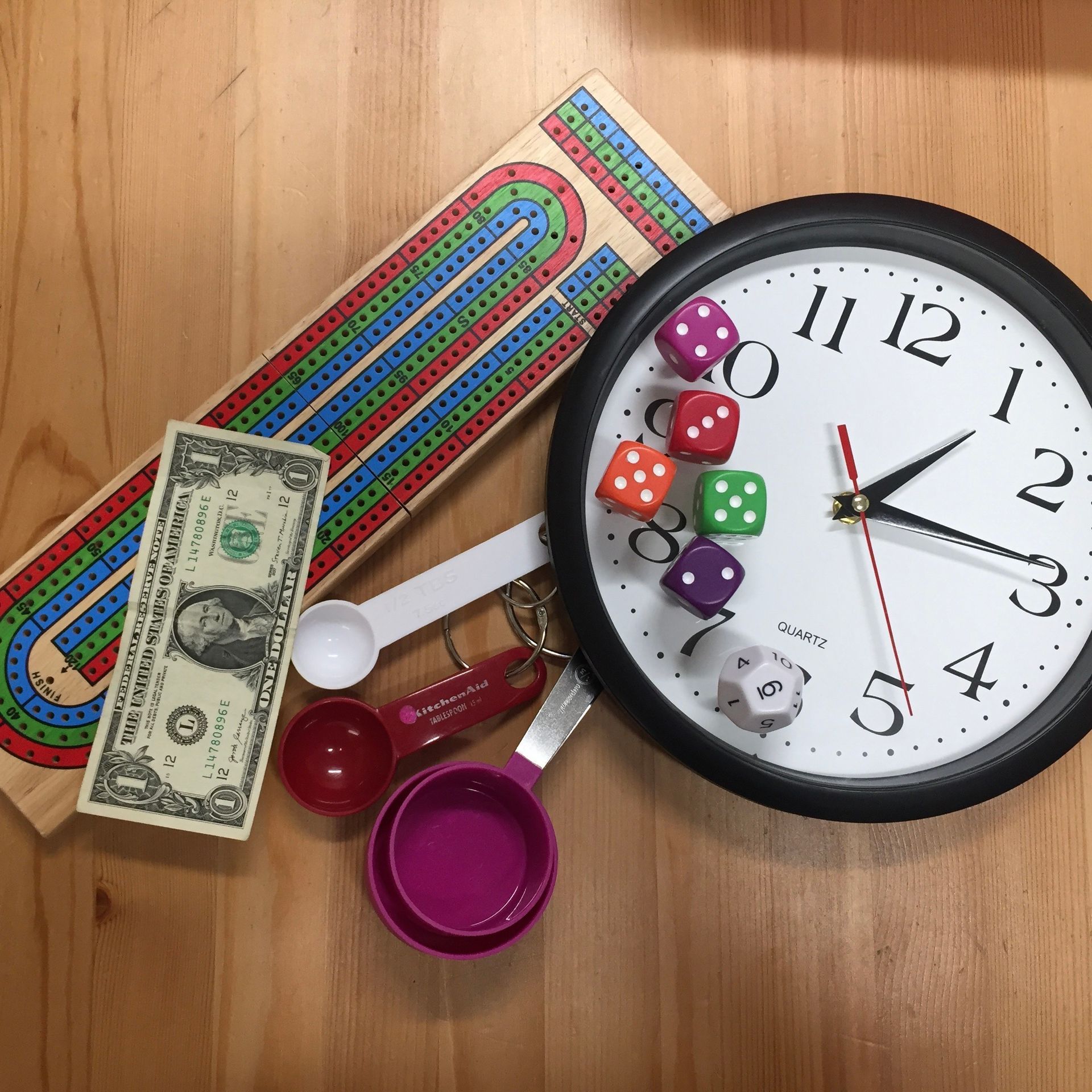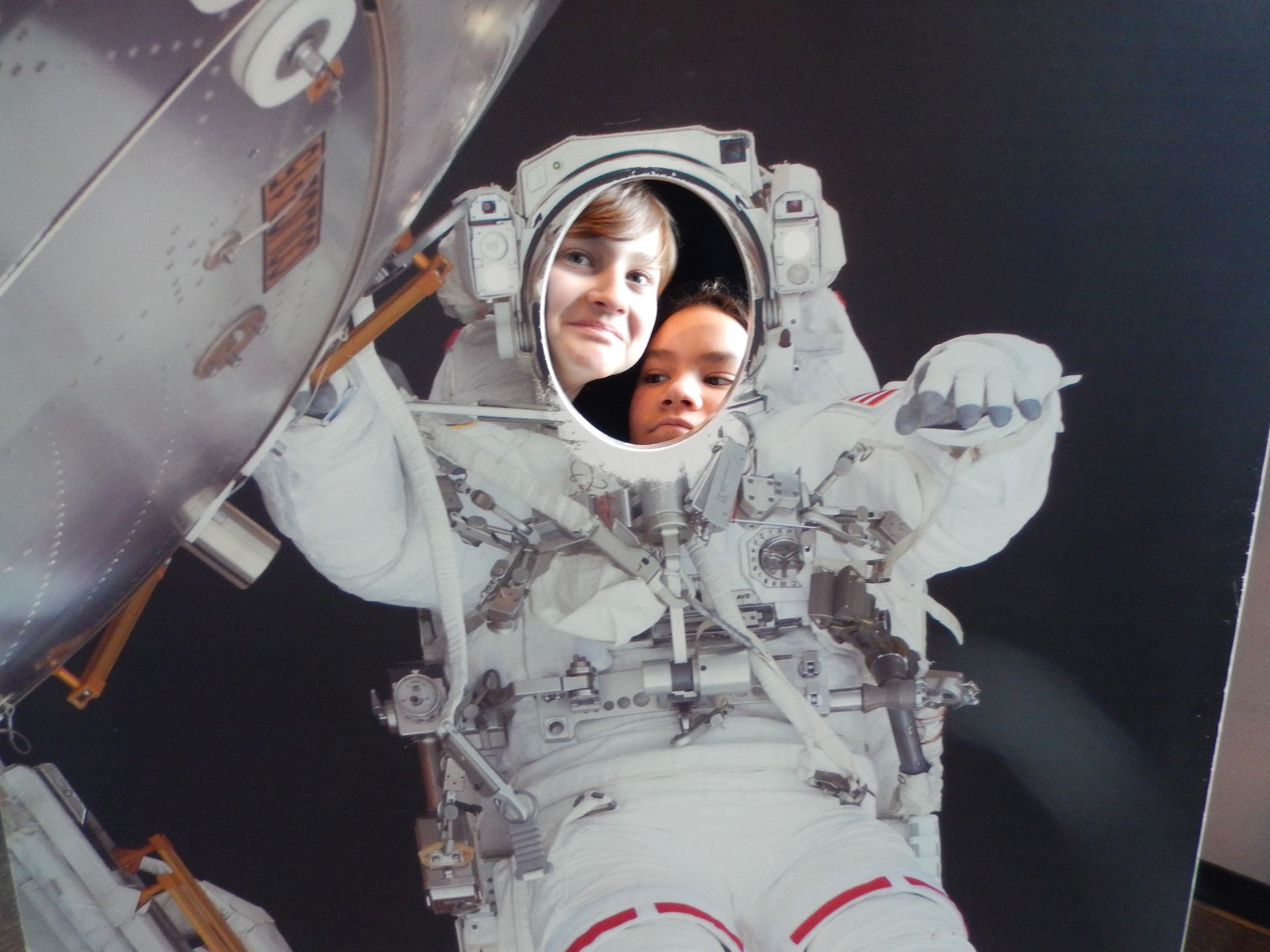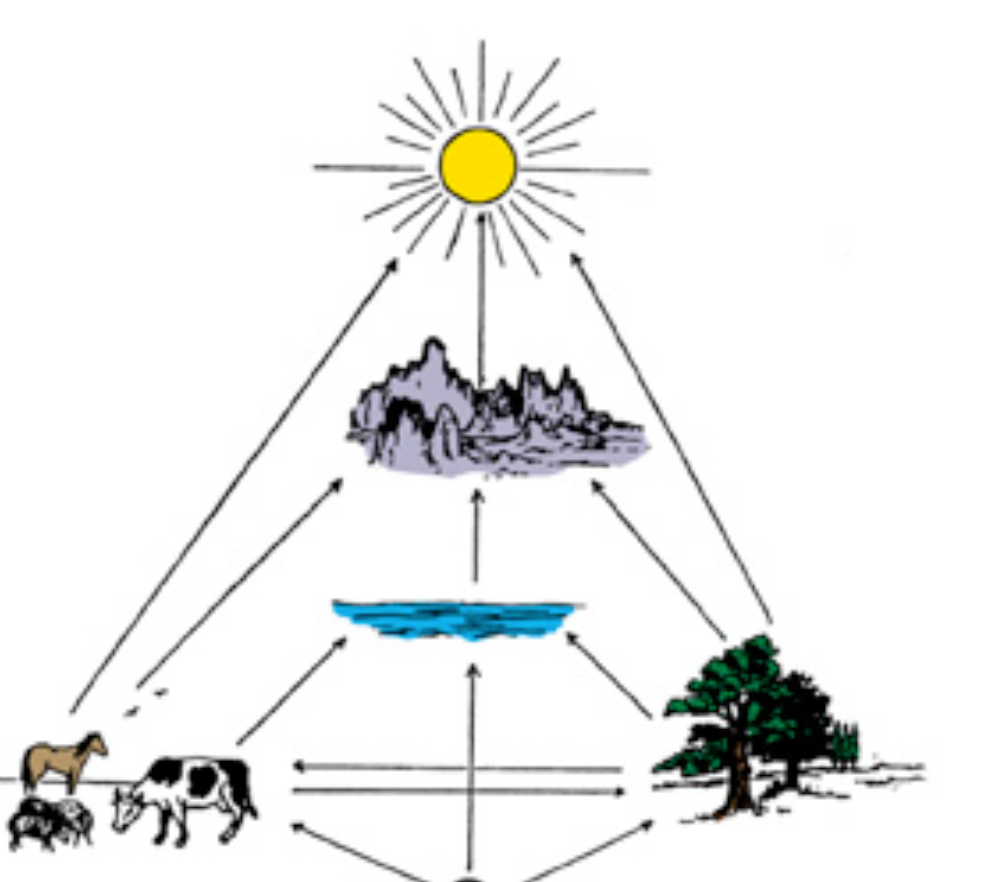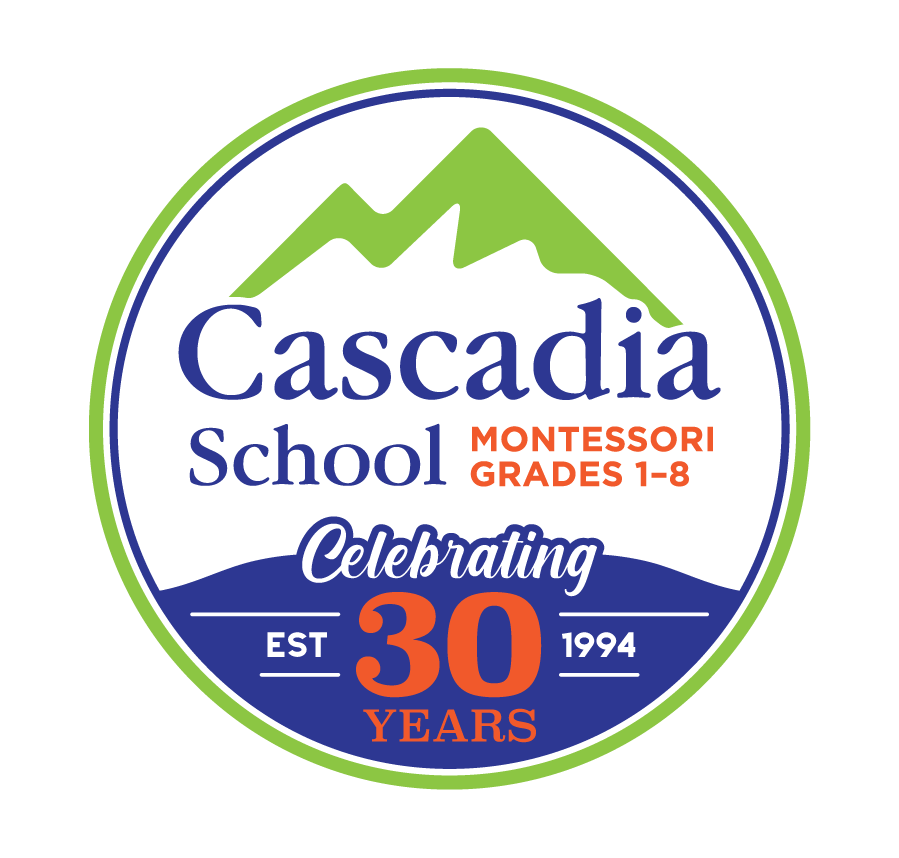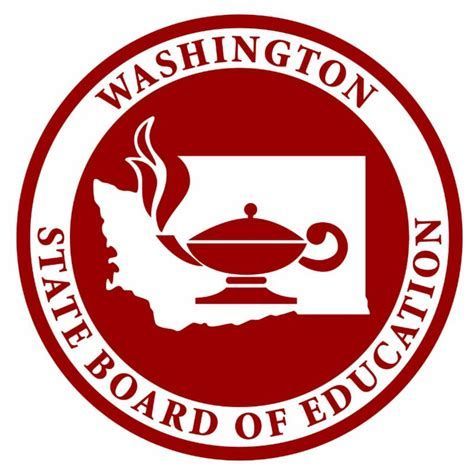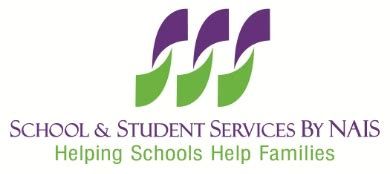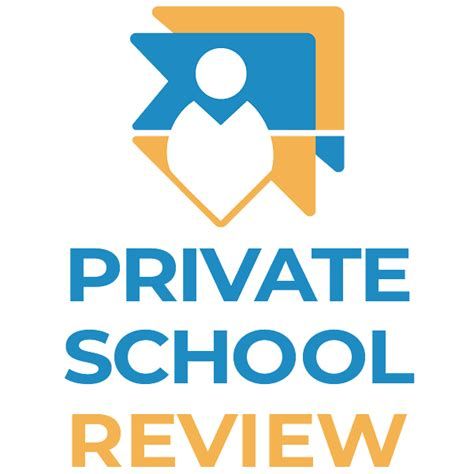Blog Layout
What are the Great Stories? What makes them so great? #skeptical
September 20, 2021
Hello, Skeptical!
Cosmic education, Great Stories, bead chains, checkerboards? What are those children doing all day, anyways? I’m so glad you asked. The Great Stories are, in fact, pretty great.
At the beginning of the school year, our Elementary classrooms start off with The Five Great Stories, an important and unique part of the Montessori curriculum. These stories are exciting, dramatic, and involve various demonstrations and representations of physical phenomena and history, as well as impressionistic charts and timelines. They are designed to awaken a child's imagination and curiosity. We intend for children to be struck with the wonder of creation, thrilled with new ideas, and awed by the inventiveness and innovation that is part of the human spirit.
The Five Great Stories are presented in both lower and upper elementary, and are given every year so that children see them more than one time and build on their knowledge each year. Unlike the 3-6 environment, where children are introduced to "small" ideas first, that gradually widen into larger concepts, elementary children are introduced to large concepts right away - the largest of all being the beginning of the universe. After that, subsequent lessons are like smaller ideas that fit into this larger framework. In this way, we intend the Great Stories to give children a sense of orientation in their work.
Traditionally, there are Five Great Stories that are used to paint a broad picture before moving to more specific study. They consist of:
First Great Story - The Coming of the Universe and the Earth
Second Great Story - The Coming of Life
Third Great Story - The Coming of Human Beings
Fourth Great Story - Communication in Signs (written language)
Fifth Great Story - The Story of Numbers
(Thank you, “Montessori for Everyone”)
The Great Stories are a stepping off point to more areas of study and follow-up work. Each story corresponds to and opens study in a subject area - geography, biology, history, language, and mathematics, respectively.
Montessori education at the Elementary level always strives to give children a picture of “the whole”, because children of this age are striving to understand connections between everything they experience. Starting with the Great Story of the universe gives the biggest “whole” we know of!
"Let us give [the child] a vision of the whole universe. The universe is an imposing reality, and an answer to all questions. We shall walk together on this path of life, for all things are part of the universe, and are connected with each other to form one whole unity. This idea helps the mind of the child to become fixed, to stop wandering in an aimless quest for knowledge. He is satisfied, having found the universal centre of himself with all things.”
-Maria Montessori, To Educate the Human Potential (a great read to find out more about considering cosmology & education!)

September 18, 2024
Dear Maria, What are “Going Outs”? How do they help our children learn? Can I help? Sincerely, Cascadia parent Dear Cascadia parent, Going Outs are a key piece of the Montessori elementary experience. A Going Out is a child-led outing from the classroom and can take various forms. Children might go on an errand for the class community or for supplies for a special project (cooking, baking, arts & crafts, special experiment, etc.). They might go and see something in-person that they’ve been researching in class. Going to see a native animal or plant in its natural ecosystem, visiting the zoo to observe an animal, picking up books at the public library or visiting an expert to talk more about a topic or see a special demonstration might all be research-related going outs. The possibilities are endless and limited only to the child’s imagination…and to practicalities, because a vital part of Going Outs is that the children organize everything themselves! They’re responsible for organizing chaperones, transportation, necessary things to bring along, and getting an appointment or tickets if necessary. Going Outs are a huge part of how Elementary children learn about the world and practice independence! Many skills are involved in planning a Going Out, including map reading, learning about money, distance, time management, organizing a group, preparing practical items (using forethought to prepare for weather or unexpected events), and much more! Of course with the youngest children, your child’s guide and assistant will give lessons on Going Outs or assist them with planning their first trips. Young children might be invited to go along with an older and more experienced child and learn the process that way. Guides have established Going Out procedures to aid children in taking on this responsibility for themselves. (Part of these procedures involve notifying Susan in the office and parents & guardians about the going out date, time, and location, so don’t be worried about your child leaving campus without your knowledge.)
September 15, 2024
Dear Maria, Why is so much time spent on learning routines and procedures at the beginning of the year? Sincerely, Impatient
September 17, 2023
Dear Maria, Can you tell me more about what independence might look like in the classroom? Sincerely, Curious
PROGRAMS
Cascadia School is a 501(c)(3) Nonprofit Organization
Privacy Policy | Accessibility
© 2025
Cascadia School
© 2025
Cascadia School


